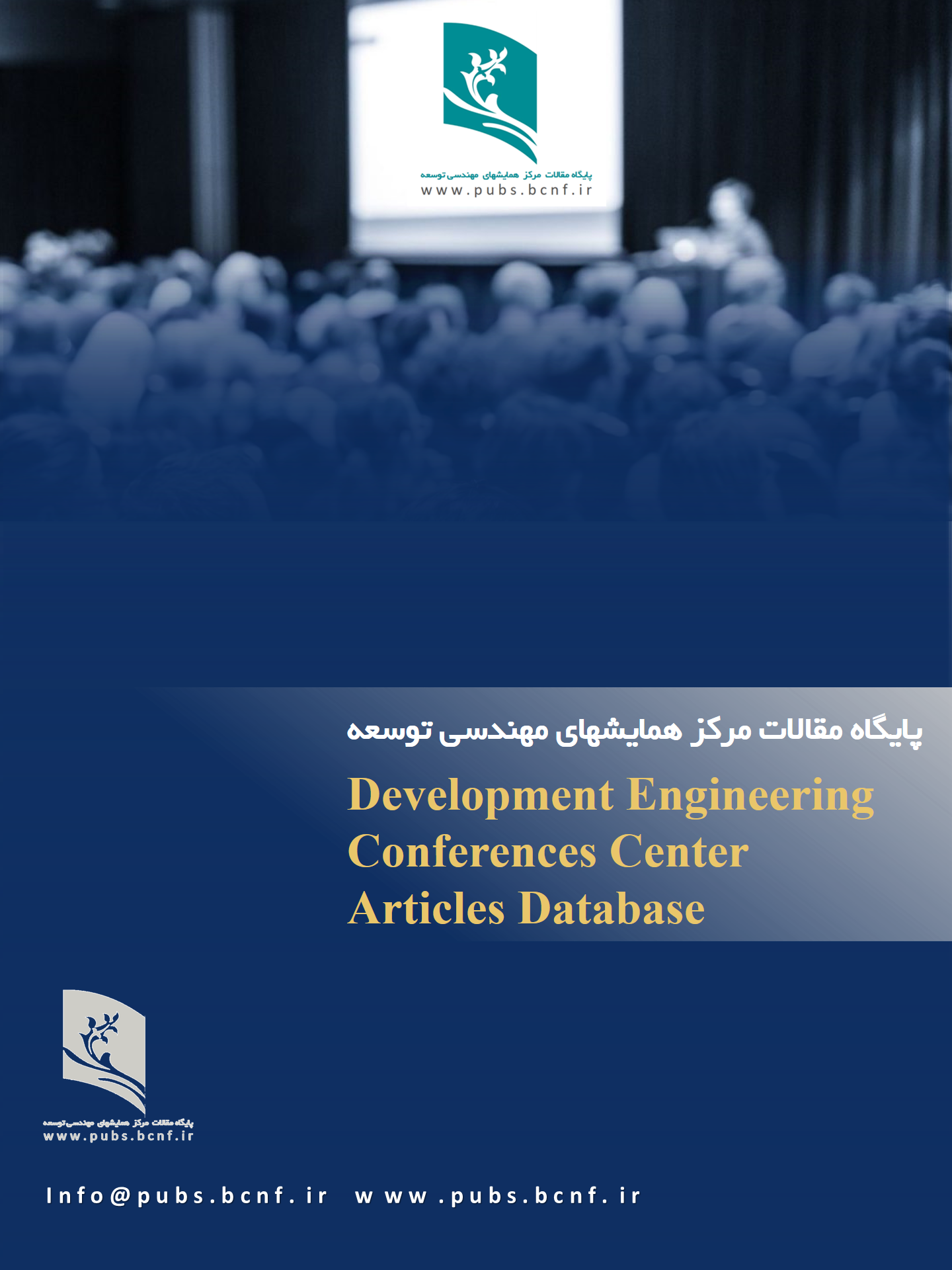Lead removal from wastewater by Orange peel adsorbent
Keywords:
Lead, Orange peel, Rhodamine B Adsorption, Natural adsorbent, pH, Contact time, Feed concentratioAbstract
In this paper, Lead removal has been studied using Orange peel OP as an adsorbent. In addition, the effect of operating parameters including pH, contact time, and the concentration of lead on adsorption rate have been examined. Orange peel powder OP has demonstrated significant potential as an eco-friendly and efficient material for Lead removal from wastewater. Under the optimum conditions, maintaining a pH of 5, and providing a contact time of 6 hours, Lead removal efficiency exceeding 70% were achieved by using 4 grams of OP. These findings underscore the viability of OP as a sustainable solution for wastewater treatment, particularly for applications involving moderate Lead contamination levels.
Downloads
References
[1] B. Kamal and A. Rafey, "A mini review of treatment methods for lead removal from wastewater," International Journal of Environmental Analytical Chemistry, 2021
[2] I. R. Chowdhury, S. Chowdhury, M. A. J. Mazumder, and A. Al-Ahmed, “Removal of lead ions (Pb²⁺) from water and wastewater: a review on the low-cost adsorbents,” Applied Water Science, vol. 12, p. 185, 2022.
[3] U. Michael-Igolima, S. J. Abbey, A. O. Ifelebuegu, and E. U. Eyo, "Modified Orange peel waste as a sustainable material for adsorption of contaminants," Materials, vol. 16, no. 3, p. 1092, 2023.
[4] T. F. Akinhanmi, E. A. Ofudje, A. I. Adeogun, P. Aina, and I. M. Joseph, "Orange peel as low-cost adsorbent in the elimination of Cd (II) ion: kinetics, isotherm, thermodynamic and optimization evaluations," Bioresources and Bioprocessing, vol. 7, pp. 1-16, 2020.
[5] Aziz, M., Rukhanda Aziz, Rafiq, M. T., Abbasi, M., Taneez, M., Azhar, M. U., Askary, A. E., Elesawy, B. H., Eed, E. M., Khalifa, A. S., & Qayyum, A. " Efficient Removal of Lead and Chromium From Aqueous Media Using Selenium Based Nanocomposite Supported by Orange peel," Frontiers in Environmental Science, vol. 10, p. 947827, 2022.
[6] Negroiu, M., Turcanu, A. A., Matei, E., Râpa, M., Covaliu, C. I., Predescu, A. M., Pantilimon, C. M., Coman, G., & Predescu, C. "Novel adsorbent based on banana peel waste for removal of heavy metal ions from synthetic solutions," Materials, vol. 14, no. 14, p. 3946, 2021.
[7] Queiroz, L. S., de Souza, L. K. C., Thomaz, K. T. C., Lima, E. T. L., da Rocha Filho, G. N., do Nascimento, L. A. S., de Oliveira Pires, L. H., Faial, K. C. F., & da Costa, C. E. F. "Activated carbon obtained from amazonian biomass tailings (acai seed): Modification, characterization, and use for removal of metal ions from water," Journal of Environmental Management, vol. 270, p. 110868, 2020.
[8] P. Praipipat, P. Ngamsurach, and T. Joraleeprasert, "Synthesis, characterization, and Lead removal efficiency of Orange peel powder and Orange peel powder doped iron (III) oxide-hydroxide," Scientific Reports, vol. 13, no. 1, p. 10772, 2023.Goon, B. (2005).



